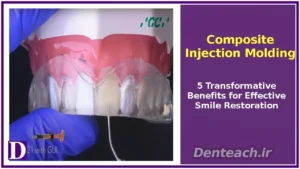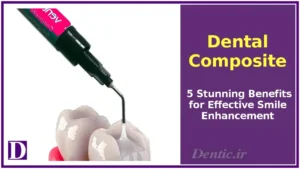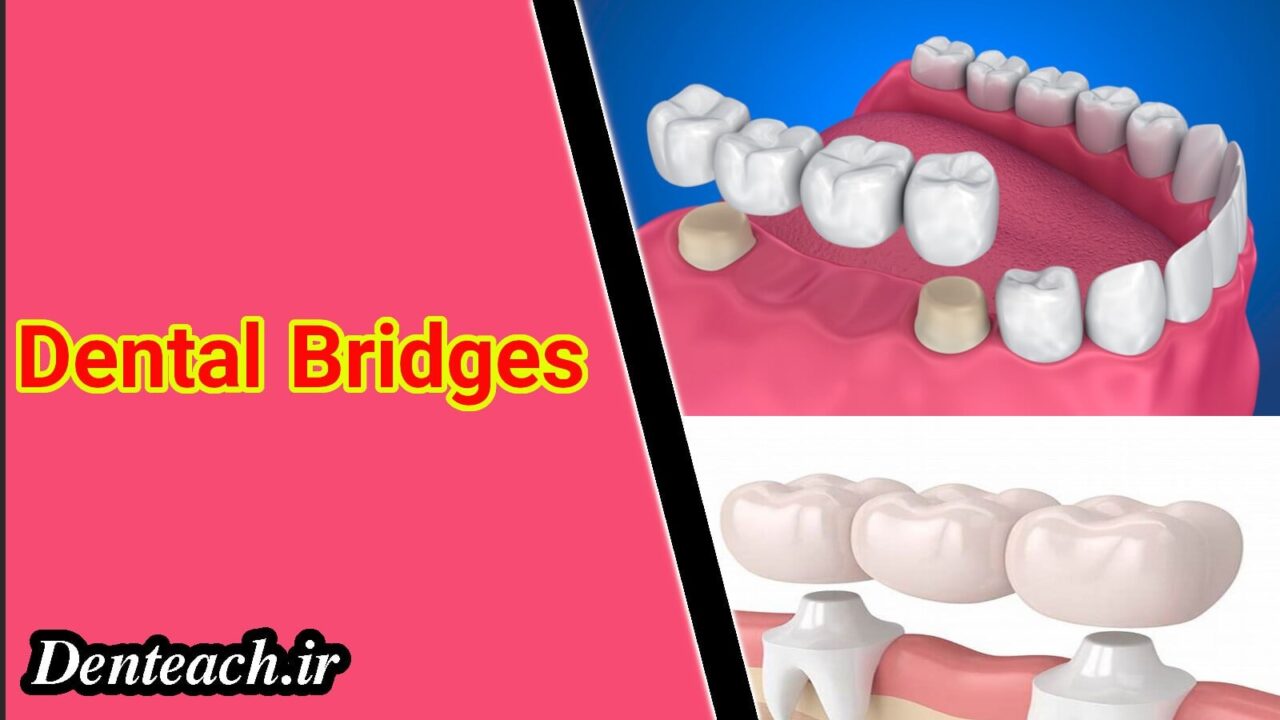
Table of Contents


Composite Injection Molding: 5 Transformative Benefits for Effective Smile Restoration

Dental Composite: 5 Stunning Benefits for Effective Smile Enhancement

Teeth Bleaching: 5 Radiant Benefits for Effective Smile Brightening

Dental Veneer: 5 Stunning Benefits for Effective Smile Enhancement

Implant-Supported Fixed Prostheses: 5 Advanced Benefits for Effective Smile Restoration

Dental Bridges: Restoring Smiles with Seamless Tooth Replacement
Dental bridges are fixed prosthetic devices designed to replace one or more missing teeth, restoring the continuity of a patient’s smile while enhancing oral function and aesthetics. By bridging the gap caused by tooth loss, which affects over 120 million Americans according to the American College of Prosthodontists (ACP), bridges prevent complications like tooth shifting and maintain facial structure. Anchored by crowns or implants, bridges offer a durable, non-removable solution compared to dentures. This article explores the definition, types, benefits, placement process, care, challenges, and future trends of dental bridges, highlighting their role in restorative dentistry.
Defining Dental Bridges
Dental bridges are fixed prosthodontic appliances that replace missing teeth by anchoring artificial teeth, known as pontics, to adjacent natural teeth or dental implants. Crafted from materials like porcelain, ceramic, or metal alloys, pontics are designed to blend seamlessly with natural teeth, restoring aesthetics and function. Bridges address tooth loss caused by decay, trauma, periodontal disease, or congenital factors, which can impair chewing, speech, and smile confidence. With a success rate of 90–95% over 10 years, bridges provide a reliable, non-surgical option for patients seeking to restore their oral health and appearance.
Types of Dental Bridges
Dental bridges come in several forms, tailored to patient needs and oral conditions:
- Traditional Bridges: The most common type, featuring pontics held in place by dental crowns cemented onto adjacent natural teeth (abutments). Ideal for single or multiple missing teeth with healthy neighboring teeth.
- Maryland Bridges: Use a metal or porcelain framework bonded to the backs of adjacent teeth, requiring minimal tooth preparation. Suitable for front teeth where aesthetics are critical.
- Implant-Supported Bridges: Anchored to dental implants surgically placed in the jawbone, offering superior stability for multiple missing teeth or cases with insufficient natural abutment teeth.
- Cantilever Bridges: Supported by a crown on only one side, used when adjacent teeth are available on one side of the gap. Less common due to higher stress on the abutment tooth.
Benefits of Dental Bridges
Dental bridges offer significant advantages:
- Restored Aesthetics: Fill gaps to create a natural, uniform smile, boosting confidence, with 85% of patients reporting improved self-esteem per ACP surveys.
- Improved Function: Restore chewing and biting efficiency, enhancing nutrition and comfort.
- Prevention of Tooth Shifting: Maintain alignment of surrounding teeth, preventing malocclusion or bite issues.
- Speech Enhancement: Correct speech difficulties caused by missing teeth, improving clarity.
- Durability: Last 10–15 years with proper care, offering a long-term solution compared to removable prosthetics.
Indications for Dental Bridges
Bridges are recommended for:
- Missing Teeth: Single or multiple tooth gaps impacting function or aesthetics.
- Healthy Adjacent Teeth: Strong abutment teeth to support traditional or Maryland bridges.
- Jawbone Health: Sufficient bone density for implant-supported bridges, if chosen.
- Aesthetic Concerns: Desire to improve smile appearance due to gaps or uneven teeth.
- Functional Impairment: Difficulty chewing or speaking due to tooth loss.
The Bridge Placement Process
The placement of a dental bridge is a multi-step, patient-centered process:
- Consultation: The dentist or prosthodontist evaluates oral health using X-rays, intraoral scans, or cone-beam CT to assess tooth and bone structure, discussing the best bridge type for the patient’s needs.
- Preparation: For traditional or cantilever bridges, abutment teeth are shaped to accommodate crowns, removing a thin layer of enamel (0.5–1 mm). For implant-supported bridges, implants are placed surgically (3–6 months prior for osseointegration). Maryland bridges require minimal preparation.
- Impressions: Digital scans or traditional impressions are taken to create a custom bridge that matches the patient’s natural teeth in shape and color.
- Temporary Bridge: A temporary bridge protects prepared teeth while the permanent bridge is fabricated in a dental lab (1–2 weeks).
- Final Placement: The permanent bridge is cemented or bonded, adjusted for fit, bite, and comfort, ensuring seamless integration.
- Follow-Up: Regular visits (every 6–12 months) monitor bridge stability, oral health, and abutment integrity.
Caring for Your Dental Bridge
Proper maintenance extends bridge longevity:
- Oral Hygiene: Brush twice daily with fluoride toothpaste and use floss or interdental brushes to clean under the pontic and around abutments, preventing plaque buildup.
- Regular Check-Ups: Visit the dentist every 6 months for cleanings and to assess bridge condition, as 10–15% of bridges require maintenance within 10 years.
- Avoid Hard Foods: Refrain from chewing ice, nuts, or sticky candies to prevent damage to the bridge or abutments.
- Healthy Diet: Limit sugary foods to reduce the risk of decay in abutment teeth.
- Protect Restorations: Use a mouthguard for sports or if bruxism is present to safeguard the bridge.
Challenges and Considerations
Challenges include:
- Cost: Bridges cost $1,500–$5,000 per pontic in the U.S., with implant-supported bridges at the higher end; insurance may cover partial costs.
- Abutment Health: Traditional bridges rely on healthy adjacent teeth; compromised abutments may fail, affecting 5–10% of cases.
- Bone Requirements: Implant-supported bridges require sufficient jawbone density, necessitating grafts in some cases.
- Maintenance: Diligent hygiene is critical to prevent decay or periodontal issues around abutments.
- Durability: Bridges may need replacement after 10–15 years due to wear or changes in oral anatomy.
Future Trends
Dental bridge technology is advancing:
- Digital Dentistry: CAD/CAM and intraoral scanners enhance precision in bridge design and fabrication.
- Advanced Materials: Zirconia and lithium disilicate offer stronger, more aesthetic pontics with natural translucency.
- 3D Printing: Enables rapid, cost-effective production of custom bridges in-office.
- Bioactive Materials: Research into antimicrobial coatings may reduce bacterial buildup around bridges.
Conclusion
Dental bridges restore the continuity of smiles by replacing missing teeth with fixed, durable prosthetics, enhancing aesthetics, function, and oral health. From traditional to implant-supported designs, bridges offer tailored solutions for diverse patient needs. With proper care and innovations like digital dentistry and advanced materials, bridges deliver lasting results. Patients seeking to restore their smile should consult a certified prosthodontist or visit American College of Prosthodontists for personalized treatment options.
